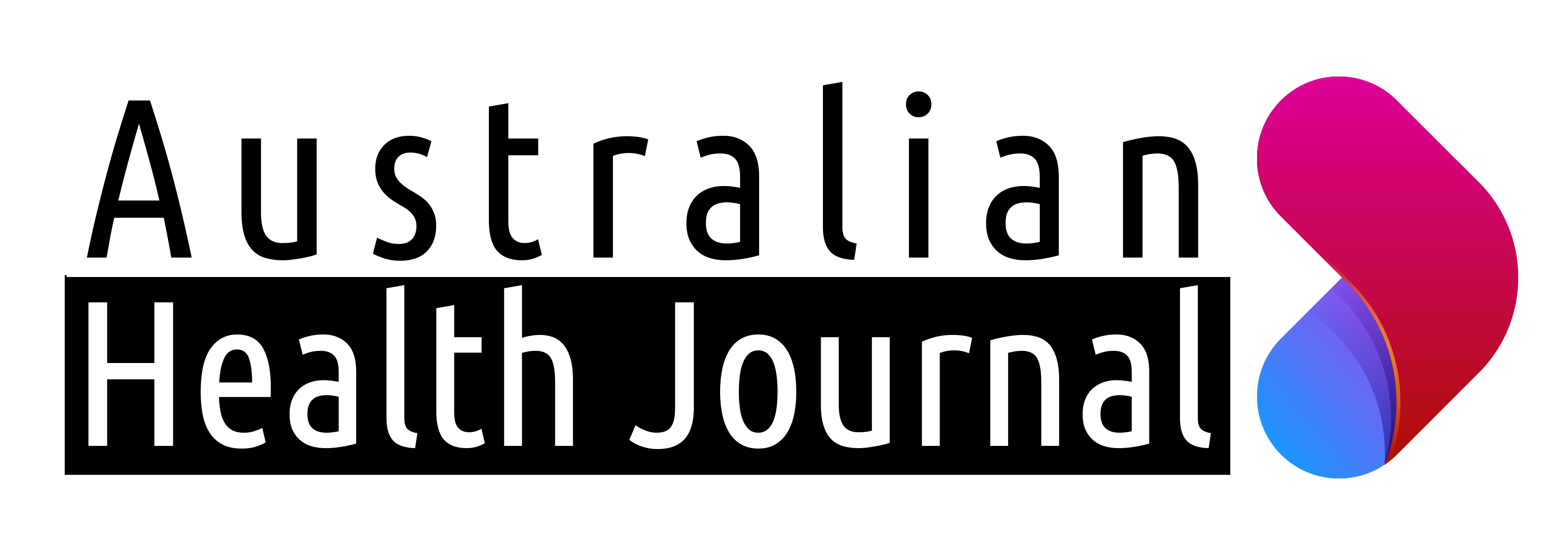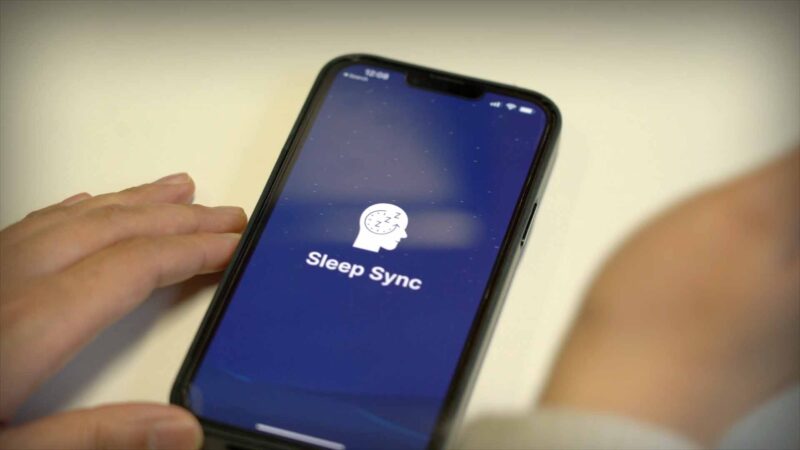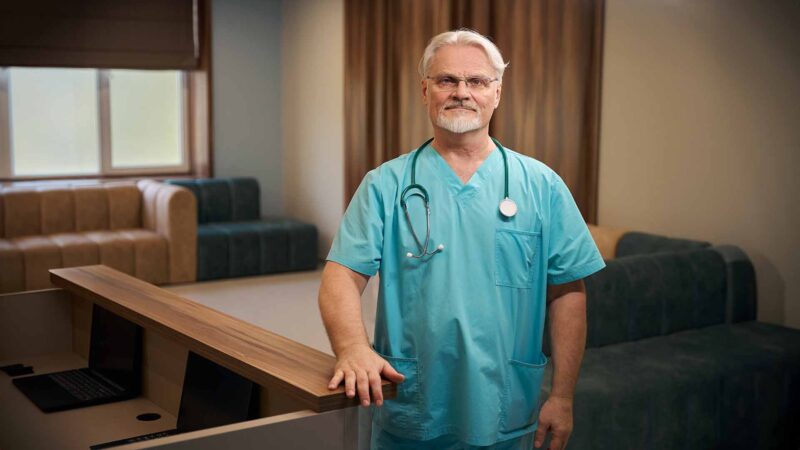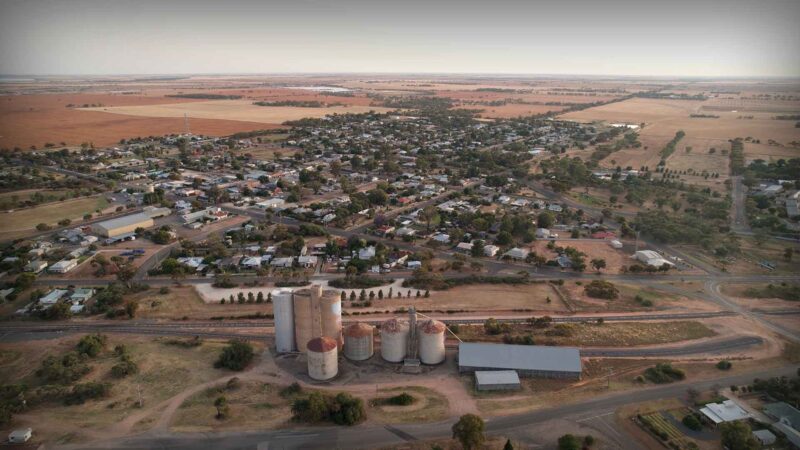Tasmanian medical research charity funds projects that have a global impact and improve community health and well-being.
- Tasmanian medical research charity funds projects that support community health and well-being, with clinicians and researchers working across the health system and university.
- Tasmanian medical research on childhood cataracts and gene variants can be easily studied and applied globally due to the small population and genetic diversity of the island state.
- The Royal Hobart Hospital Research Foundation funds medical research in various fields to support the Tasmanian community, in areas such as cardiothoracic, neurological conditions, and premature babies.
- Research supported by RHHRF has led to the development of innovative treatments for JackJumper ant bites, resulting in the establishment of a desensitisation clinic at the hospital and a significant reduction in deaths from anaphylactic shocks caused by these bites.
- Tasmanian medical research has had a global impact, with projects like the Hobart Method being implemented in neonatal clinics worldwide, and blood pressure testing research involving patients from Tasmania, China, Italy, and other countries.
Australian Health Journal spoke to Stephanie Furler the Chief Executive Officer of The Royal Hobart Hospital Research Foundation about the impact of this research locally and in global health.
You Might also like
-
App helps Chronic Sleep Deprivation
Earlier this year, Turner Institute for Brain and Mental Health researchers developed SleepSync, the world’s first app that personalises sleep-wake cycles for shift workers to improve their sleep and overall mood.
The research, led by Dr Jade Murray, was published in the journal, Digital Health. Australian Health Journal met with Dr Murray to hear how the application has evolved and been used in personalisation of sleep habits for health care shift workforce.
-
State of private healthcare in Australia
Australia’s healthcare system is often described as a mixed system, with a combination of public and private providers. While public healthcare through Medicare provides universal coverage for essential services, private healthcare offers additional options and amenities for those who can afford them.
Private Healthcare Australia (PHA) is the Australian private health insurance industry’s peak representative body that currently has 21registered health funds throughout Australia and collectively represents 98% of people covered by private health insurance. PHA member funds today provide healthcare benefits for over 14 million Australians.
-
Empowering underprivileged communities with sustainable health
Dr Gaj Panagoda, CEO of Xstitch Health, has a diverse medical background and is working to improve health systems for underprivileged communities. In the Australian Health Journal’s People In Health Care series, he talks about the changes needed in community-based care using a project based approach,
According to Dr Panagoda, there is a need for a shift towards community-based care and collaboration with stakeholders in the healthcare system, and the potential to create a new kind of socially conscious, inspired, community-informed medical specialist is the future of medical specialty care.



